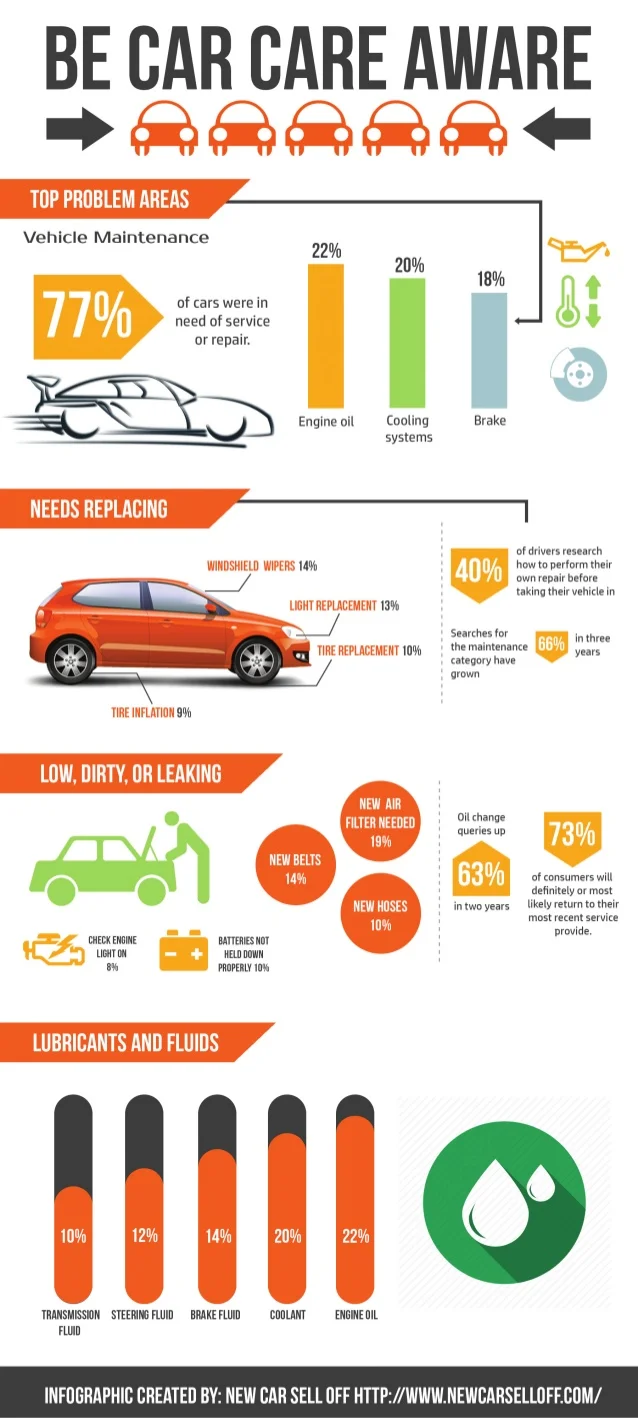Open Up The Hood To Uncover Usual Brake System Problems And Their Repairs, But What Concerning Mushy Brake Pedals? Discover The Service In Advance! Find Out More Listed Below
Open Up The Hood To Uncover Usual Brake System Problems And Their Repairs, But What Concerning Mushy Brake Pedals? Discover The Service In Advance! Find Out More Listed Below
Blog Article
Published By-Erickson Damborg
When it involves your car's brake system, understanding usual issues can save you from prospective safety threats. From recognizing brake pad wear to addressing brake fluid leakages, knowing exactly how to take on these troubles is important. But what regarding those squishy brake pedals? There's a fix for that as well. Stay tuned for more information concerning these issues and the sensible solutions that can maintain you securely when driving.
Brake Pad Use and Replacement
When it pertains to keeping your automobile's brake system, one essential aspect to watch on is the wear and replacement of brake pads. Brake pads are vital components that press against the brake rotors to slow down or stop your automobile. Over time, these pads wear down due to friction, needing regular inspection and substitute to guarantee your brakes function properly.
To determine if your brake pads require replacement, listen for screeching or grinding sounds when you apply the brakes. Furthermore, if your car takes longer to stop or you notice vibrations or pulsations when stopping, it might be time to change the brake pads.
Ignoring worn brake pads can cause lowered braking performance, damages to other brake components, or even brake failing.
Replacing brake pads is a relatively uncomplicated procedure for numerous lorries. Nonetheless, if you're uncertain or uncomfortable performing this job, it's ideal to consult a specialist auto mechanic to make certain proper installment and optimum brake efficiency.
Consistently examining and replacing brake pads is vital for your safety and the longevity of your automobile's braking system.
Brake Liquid Leaks and Maintenance
To guarantee your car's brake system functions optimally, it is essential to also focus on brake liquid leaks and maintenance. Brake fluid is important for transferring the force from your foot on the brake pedal to the actual stopping mechanism. One typical problem with brake liquid is leaks, which can take place due to shabby brake lines, seals, or links. If you discover a puddle or drips under your cars and truck, it's essential to resolve the leakage immediately to prevent a possible brake failure.
On https://travisrnicx.izrablog.com/29801768/the-total-guide-to-car-outlining-vital-actions-for-a-flawless-showroom-appearance examining your brake fluid level is crucial to keeping your brake system. Reduced brake liquid can result in air getting in the brake lines, which endangers stopping efficiency.
In addition, old or contaminated brake fluid can affect the overall effectiveness of your brakes. It's suggested to comply with the supplier's guidelines on when to alter the brake liquid, typically every 2 years.
Spongy Brake Pedal: Blood Loss Brakes
If you have actually ever before experienced a spongy brake pedal while driving, you understand the value of keeping a firm and responsive braking system. One usual reason for a mushy brake pedal is air caught in the brake lines. When air goes into the brake system, it can bring about a loss of hydraulic stress, resulting in that disturbing mushy feeling when you push the brake pedal.
To solve this issue, bleeding the brakes is necessary. Bleeding https://ecutuning28405.getblogs.net/61737498/individual-growth-insights-from-undertaking-my-first-major-auto-fixing-project entails getting rid of the air from the brake lines to bring back proper hydraulic stress.
To hemorrhage the brakes, you'll need an assistant to assist you. Start by finding the brake bleeder valve on each wheel, typically discovered near the brake caliper. With a wrench, loosen the shutoff and have your assistant press the brake pedal while you observe any type of air bubbles appearing. Repeat this procedure for every wheel, starting from the wheel farthest from the master cylinder and relocating better.
As soon as you no longer see air bubbles and only clear liquid arises, tighten the shutoff and top up the brake liquid tank as required. Hemorrhaging the brakes aids ensure a firm brake pedal and improves general stopping efficiency.
Conclusion
Since you recognize usual brake problems and how to repair them, you can guarantee your car's safety and efficiency. Remember to pay attention for indication like shrilling noises or squishy brake pedals, and address them quickly. Normal maintenance and timely replacements are key to keeping your brakes in top condition. Remain positive and mindful to your brake system to take pleasure in safe and dependable driving experiences.
